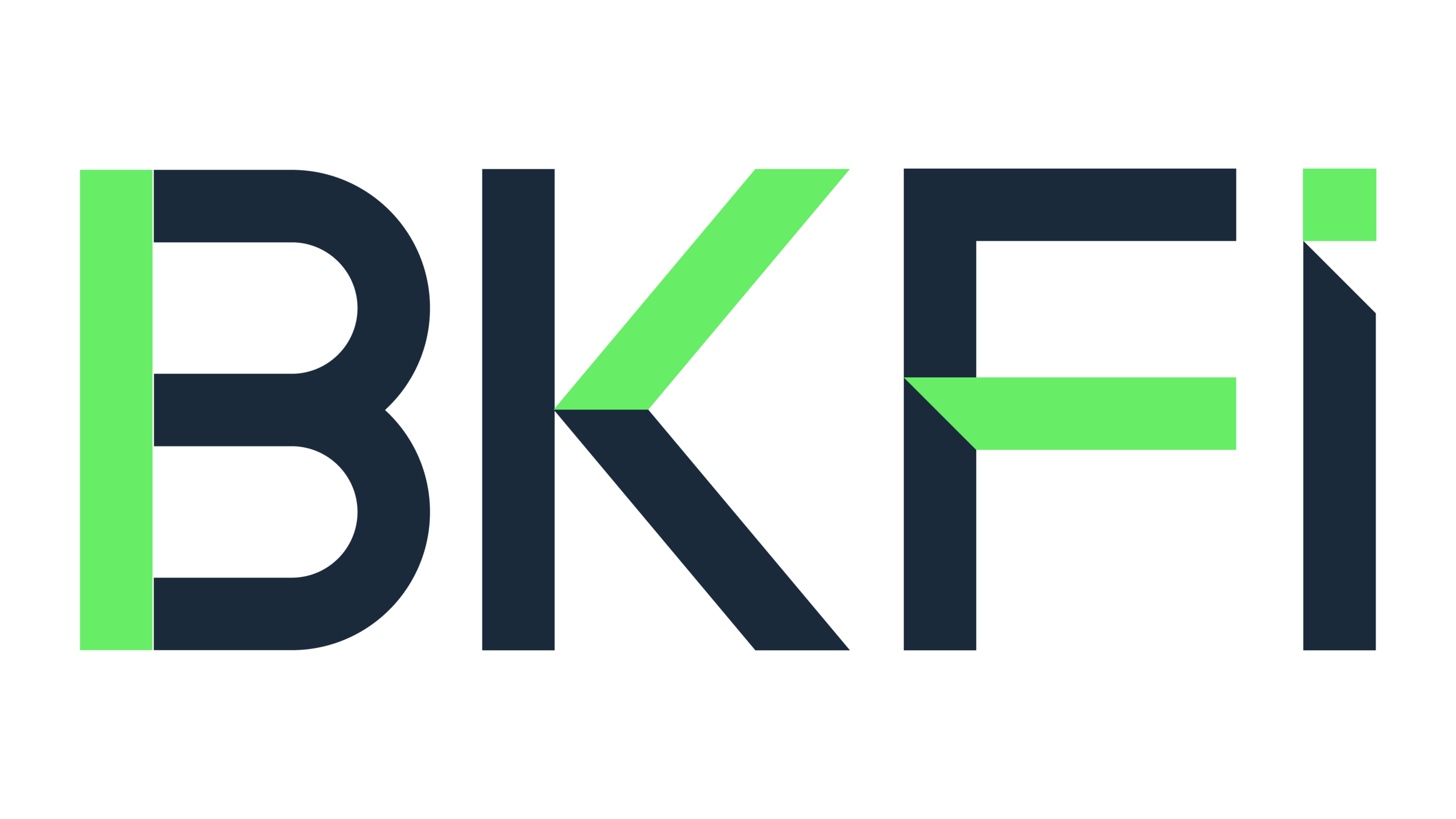How Do Interest Rates on Savings Accounts Work?
There are multiple ways to make your money work a little harder for you. Investing is usually the first thing that comes to mind, but holding safer assets is equally important. Your emergency fund is a great example. Having a stockpile of cash in your savings account can provide peace of mind in the face of a financial surprise. Liquidity is obviously key—you want to be able to access your savings quickly and without penalty. Another benefit is that banks will pay you interest for parking your money in one of their accounts.
This is known as the annual percentage yield (APY), and it tends to vary widely from one financial institution to another. Understanding how it works can help you put some muscle behind your cash savings.
What Is the Average Savings Account APY These Days?
You may have noticed that brick-and-mortar banks usually don’t pay a whole lot. The APY on some savings accounts, for example, is as low as 0.01%. According to the Federal Deposit Insurance Corporation (FDIC), the national average interest rate on savings accounts is only 0.06%. But online banks are a different story.
Banks are competing for your business, and online high-yield savings accounts are known for offering better rates. At the time of this writing, some were as high as 0.70% with no account fees or minimum balance requirements.
Why Do Savings Account APYs Fluctuate?
Rates bounce around for a bunch of different reasons. Savings account APYs are typically tied to the funds rate set by the Federal Reserve. When the Fed increases or decreases this rate, APYs on savings accounts tend to react in kind. The funds rate essentially sets the tone for how much financial institutions should charge to loan and borrow money. It directly affects rates on credit cards, mortgages, auto loans and more, including savings rates.
Interest rates hit a record low during the pandemic but recently rose for the first time in three years—and more rate hikes are on the horizon. This makes sense as raising rates can help cool inflation. It’s certainly something to think about if you’re on the hunt for a new savings account. As rates go up, banks could up their APYs in an effort to draw in new customers.
How to Get the Best Rate on Your Cash
Because APYs go up and down, it’s smart to shop around with different financial institutions—especially after the Fed adjusts rates. An online high-yield savings account is likely your best bet, but there are other options that might gel better with your savings goals. Below are a couple to consider:
Certificates of Deposits (CDs)
When you open a CD, you’re trading liquidity for interest. CDs come with a set timeline. If you leave your funds alone and don’t make any withdrawals during this period, you’ll be rewarded with interest. In most cases, the longer the term, the higher the rate. You can always pull your funds in an emergency, but you’ll be penalized for it. The average rate for a 60-month CD is 0.29%, according to the FDIC, but you can probably find a higher rate if you do a little digging on your own. Some financial institutions offer 1.20% on 72-month CDs.
Again, cash is more accessible with a high-yield savings account, but a CD could make sense if you’re looking to lock up your money so you don’t spend it. It’s less than ideal for an emergency fund, but could be a good option if you’re saving for a longer-term financial goal.
Investing Your Money
It bears repeating that it’s best to keep your emergency fund in an account you can access easily if need be. You also want stability, which means investing it in high-risk assets probably isn’t wise. But for other savings goals, like building up a down payment for a home or saving for your kids’ college, you might score better returns with investing.
Mutual funds and exchange-traded funds (ETFs) both allow you to buy small shares of a variety of different assets, including stocks, bonds and real estate investment trusts (REITs). Meanwhile, a 529 is great for college saving, and there’s always your retirement accounts. That’s not to say there isn’t risk, but the American Enterprise Institute reports that the average annual return for the S&P 500 was 14.4% from 2011 to 2020. Those with a longer time horizon might consider investing instead of keeping cash funds in a savings account.
Finding the best home for your money isn’t always easy. Think about what matters to you most. If you’re looking to earn a little something with a safe, liquid investment, then a high-yield savings account is probably for you. Comparing rates is the first step. We’re here to walk you through the process if you need some expert guidance.
